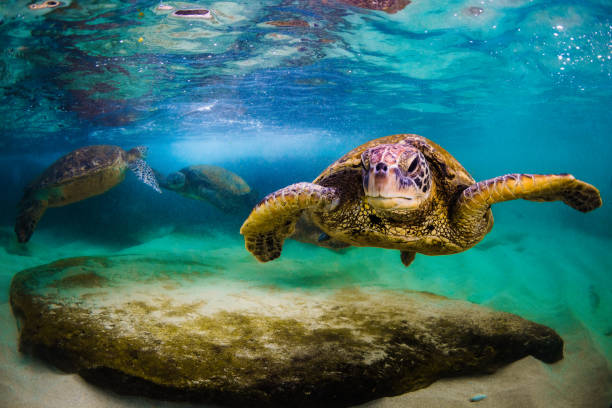Hawaii is a paradise not just for beach lovers and adventurers, but also for wildlife enthusiasts. The islands are home to some of the most unique and fascinating animals on the planet, many of which are found nowhere else in the world. From the majestic humpback whales that grace the waters to the endangered Hawaiian monk seals basking on the shores, Hawaii’s wildlife is as diverse as it is captivating. In this guide, we’ll take you on a journey to discover where to see these incredible creatures and how to experience Hawaii’s natural wonders responsibly.
Hawaiian Monk Seals: The Rarest Seals in the World
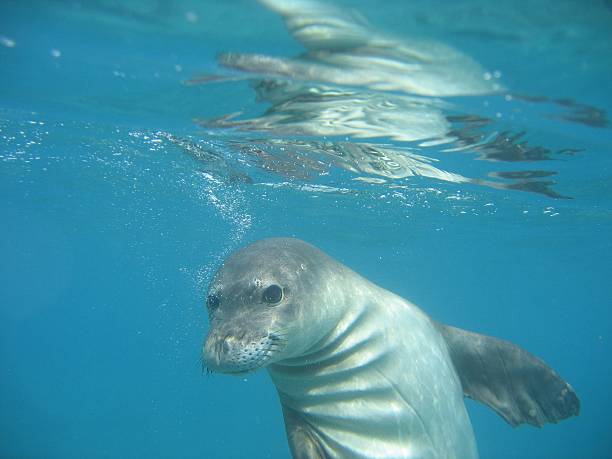
The Hawaiian monk seal is one of the most endangered marine mammals in the world, with only about 1,400 individuals remaining. These seals are endemic to Hawaii, meaning they are found nowhere else on Earth.
Where to See Them:
Poipu Beach, Kauai: Known for frequent monk seal sightings.
Papahānaumokuākea Marine National Monument: This remote area is a critical habitat for monk seals.
Kaena Point, Oahu: A protected area where monk seals are often spotted resting on the beach.
Tips for Viewing:
- Keep a safe distance (at least 50 feet).
- Never feed or attempt to touch the seals.
- Use binoculars for a closer look without disturbing them.
Humpback Whales: Giants of the Ocean
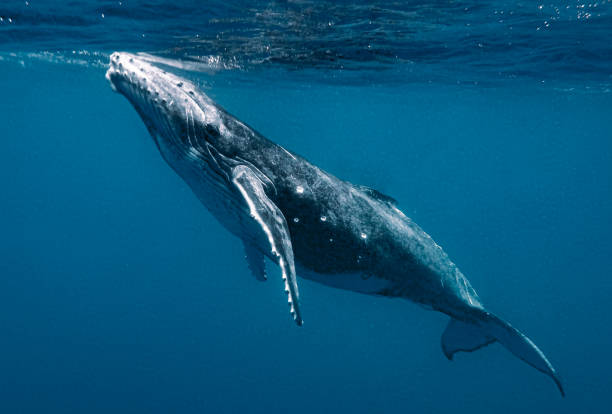
Every winter, thousands of humpback whales migrate to the warm waters of Hawaii to breed and give birth. These majestic creatures are a highlight of Hawaii’s wildlife.
Where to See Them:
Oahu: Head to the south shore for a chance to see these giants.
Maui: The waters between Maui, Molokai, and Lanai are prime whale-watching spots.
Big Island: The Kohala Coast offers excellent whale-watching opportunities.
Tips for Viewing:
Visit between December and April for the best chances of sightings.
Book a whale-watching tour with a reputable operator.
Bring a camera with a zoom lens for the best shots.
Green Sea Turtles (Honu): Gentle Ocean Dwellers
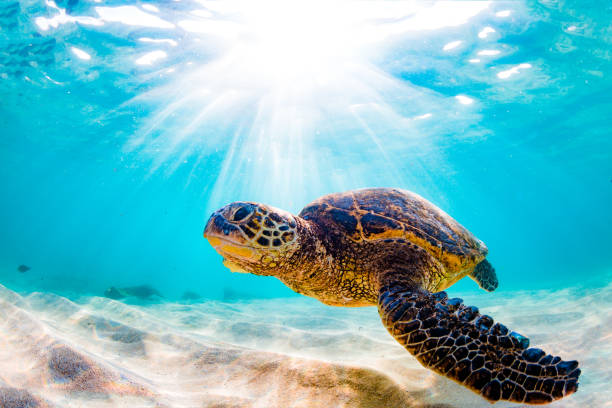
The green sea turtle, or honu, is a beloved symbol of Hawaii. These gentle creatures can often be seen swimming near the shore or basking on the beach.
Where to See Them:
- Laniakea Beach, Oahu: Known as “Turtle Beach,” this is a popular spot for turtle sightings.
- Ho’okipa Beach, Maui: A favorite resting spot for turtles.
- Black Sand Beach, Big Island: Turtles are often seen here, especially at Punalu’u Beach.
Tips for Viewing:
Use polarized sunglasses to spot them more easily in the water.
Observe from a distance and avoid touching or disturbing the turtles.
Never block their path to or from the ocean.
Nene Goose: Hawaii’s State Bird
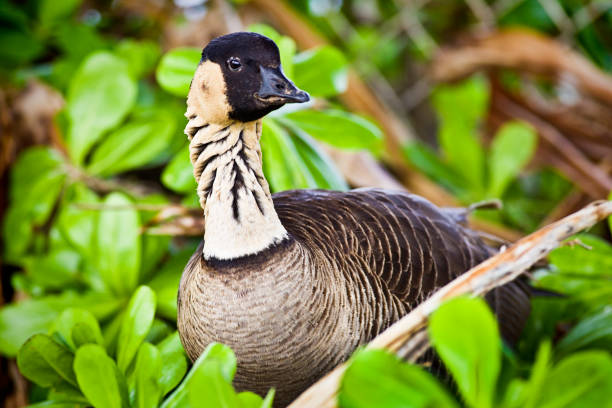
The nene goose is Hawaii’s state bird and one of the rarest geese in the world. Once on the brink of extinction, conservation efforts have helped their population recover.
Where to See Them:
- Haleakalā National Park, Maui: A great place to spot nene in their natural habitat.
- Hawaii Volcanoes National Park, Big Island: Look for them in the park’s grasslands.
- Kauai: The nene population is thriving on this island, especially in the upland areas.
Tips for Viewing:
Be patient and quiet for the best chance of spotting them.
Stay on marked trails to avoid disturbing their habitat.
Do not feed the nene, as human food can harm them.
Spinner Dolphins: Acrobats of the Sea

Spinner dolphins are known for their playful behavior and acrobatic spins. These social creatures are often seen in Hawaii’s coastal waters.
Where to See Them:
- Kealakekua Bay, Big Island: A popular spot for dolphin sightings.
- Lanai: The waters around this island are frequented by spinner dolphins.
- Waianae Coast, Oahu: Known for dolphin-watching tours.
Tips for Viewing:
Enjoy their antics from the boat and capture photos from a distance.
Join a dolphin-watching tour with a responsible operator.
Avoid swimming with dolphins in the wild, as it can disrupt their natural behavior.
Hawaiian Hoary Bat: The Only Native Land Mammal
The Hawaiian hoary bat is the only native land mammal in Hawaii and is considered endangered. These elusive creatures are rarely seen but play a vital role in the ecosystem
Where to See Them:
- Kauai: The island’s forests are a known habitat for the hoary bat.
- Hawaii Volcanoes National Park, Big Island: Look for them at dusk in the park’s wooded areas.
Tips for Viewing:
Be patient and quiet, as these bats are shy and elusive.
Visit at dusk or dawn when bats are most active.
Bring binoculars and a flashlight with a red filter to avoid disturbing them.
Manta Rays: Gentle Giants of the Night
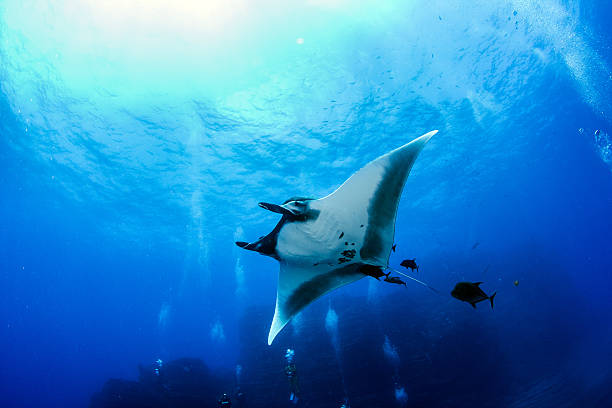
Manta rays are one of the most awe-inspiring creatures in Hawaii’s waters. These gentle giants can have wingspans of up to 20 feet and are often seen gliding gracefully through the ocean.
Where to See Them:
- Kona Coast, Big Island: Famous for night manta ray snorkeling and diving tours.
- Maui: Manta rays are occasionally spotted during diving excursions.
Tips for Viewing:
Use an underwater camera to capture the magic of these creatures.
Book a guided night snorkeling or diving tour to see manta rays up close.
Follow your guide’s instructions to ensure a safe and respectful encounter.
Hawaiian Hawk (Io): A Symbol of Strength
The Hawaiian hawk, or io, is a symbol of strength and royalty in Hawaiian culture. This endangered bird of prey is found only on the Big Island.
Where to See Them:
- Hawaii Volcanoes National Park, Big Island: Look for io soaring above the park’s forests.
- Hakalau Forest National Wildlife Refuge: A protected area where io are often spotted.
Tips for Viewing:
Be patient and quiet to increase your chances of spotting them.
Bring binoculars for a closer look.
Visit during the early morning or late afternoon when io are most active.
Responsible Wildlife Viewing in Hawaii
While experiencing Hawaii’s wildlife is a dream come true, it’s essential to do so responsibly. Here are some tips to ensure you’re respecting the animals and their habitats:
Support Conservation Efforts: Consider donating to organizations that protect Hawaii’s wildlife.
Keep Your Distance: Always maintain a safe distance from wildlife.
Do Not Feed the Animals: Human food can harm animals and disrupt their natural behavior.
Stay on Marked Trails: Protect fragile ecosystems by sticking to designated paths.
Final Thoughts
Hawaii’s wildlife is as diverse and enchanting as the islands themselves. From the playful spinner dolphins to the majestic humpback whales, each creature offers a unique glimpse into the natural beauty of Hawaii. Whether you’re snorkeling with sea turtles, hiking in search of the nene goose, or marveling at manta rays, these unforgettable encounters will leave you with a deeper appreciation for the islands’ incredible biodiversity. So pack your binoculars, grab your camera, and get ready to explore the wild side of Hawaii!

